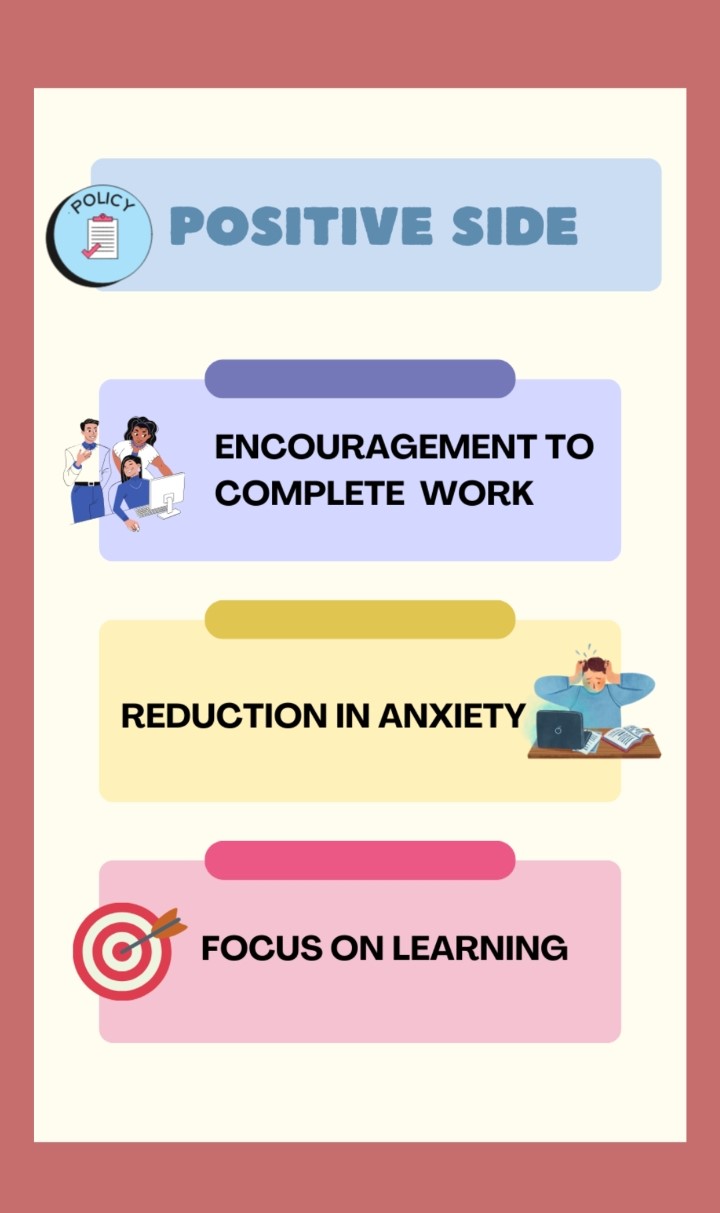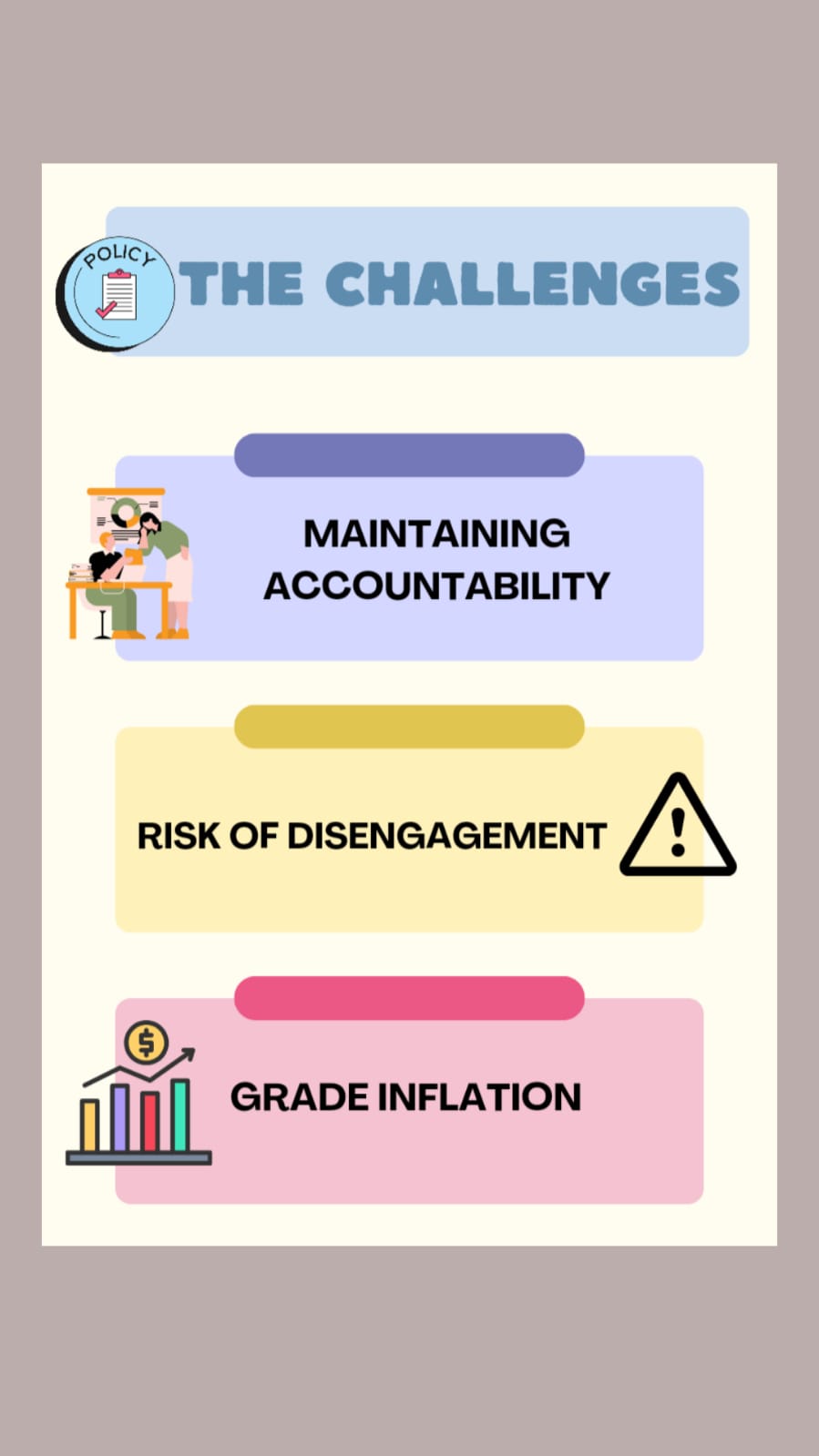
In the landscape of emerging education trends, the No Zero Grading Policy has emerged as a significant approach to fostering student engagement and learning. This policy prohibits teachers from assigning zeroes for incomplete or missing assignments. It has sparked both support and debate among educators, students, and parents alike. Let’s explore what this policy means, its potential impacts on student learning, and how it can reshape the classroom experience.
Understanding the No Zero Grading Policy
No Zero Grading Policy is designed to encourage students to complete their work, even if it’s not up to their usual standards. Instead of receiving a zero for a missing assignment, students are typically assigned a minimum passing grade—often around 50% or 60%. This means that every submission, no matter how imperfect it is, carries some value, nudging students to engage with the material rather than retreat in despair.
The Positive Side: Fostering a Growth Mindset
While the No Zero Grading Policy has its merits, it also presents challenges that educators must navigate carefully. It’s important to consider the potential negative impacts as well.
You might have heard ‘’each & every coin has two aspects’’ alike, while the No Zero Grading Policy has its merits, it also presents challenges that educators must navigate carefully:
1. Encouragement to Complete Work: With the safety net of not receiving a zero, students are more likely to attempt assignments, even if they don’t feel confident about their performance. This can lead to increased participation and a better understanding of the subject matter.
2. Reduction in Anxiety and Despair: Receiving a zero can be demoralizing and may restrict students from trying in the future. The No Zero Policy helps alleviate this pressure, promoting a healthier emotional state and reducing dropout rates.
3. Focus on Learning, Not Just Grades: This approach shifts the emphasis from merely achieving high grades to mastering content. Students are encouraged to learn from their mistakes, retake assessments, and improve their understanding over time.

Recommended Reading: Comparing Indian and American Education Systems: A Comparative Study
The Challenges: Striking the Balance

You might have heard ‘’each & every coin has two aspects’’ alike; while No Zero Grading Policy has its merits, it also presents challenges that educators must navigate carefully:
1. Maintaining Accountability: Critics argue that the policy may lower academic standards and diminish accountability. Educators must find a balance between support and expectations, ensuring that students are still held responsible for their learning.
2. Potential for Grade Inflation: Allowing students to pass with minimal effort risks inflating grades, which may not accurately reflect a student’s understanding of the material. Educators need to implement additional measures to assess comprehension fairly.
3. Risk of Disengagement: Some students might exploit the policy, choosing to refrain from engaging fully with their assignments, knowing they can still pass with less effort. It’s crucial to foster a culture of responsibility and intrinsic motivation.
Best Practices for Implementation
Understanding the real world impact of educational assessment is crucial in evaluating the effectiveness of grading policies. To ensure the No Zero Grading Policy achieves its desired goals, schools and teachers can adopt several best practices:
- Clear Communication: Educators should communicate the rationale behind the policy clearly to students and parents, emphasizing its focus on learning and growth.
- Structured Feedback: Instead of simply assigning grades, teachers should provide constructive feedback that guides students toward improvement. This encourages them to reflect on their work and understand where they can enhance their skills.
- Encouraging Retakes: Allowing students to retake assessments or submit late work with specific guidelines can reinforce accountability while still promoting a supportive learning environment.
Case Study: Some Real-Life Applications
Let’s explore some case studies to see how it is benefiting schools and universities. Here are some real-life case studies to illustrate the effectiveness of a Zero Grading Policy:
Ridgewood High School (New Jersey)
Ridgewood High School implemented a zero grading policy in 2017. It focuses on mastery-based learning and feedback.
This policy helped in-
- 25% increase in student engagement
- 30% decrease in Ds and Fs
- Improved student-teacher relationships
Aurora Public Schools (Colorado)
Aurora Public Schools adopted competency-based progression in 2015 by eliminating the traditional grading system.
Results-
- 40% increase in graduation rates
- 25% decrease in dropout rates
- Increased student motivation and autonomy
Dan Meyer’s Math Class (California)
Renowned math educator Dan Meyer implemented a zero grading policy. It focuses on problem-solving and critical thinking.
Results-
- Increased student engagement and participation
- Improved problem-solving skills
- Enhanced student-teacher relationships
These case studies demonstrate the potential benefits of a Zero Grading Policy.
Conclusion: A New Era of Education
As we navigate the complexities of modern education, the No Zero Grading Policy presents an opportunity to reimagine how we assess student performance. By focusing on growth, resilience, and the importance of learning over grades, we can cultivate a generation of students who are not only knowledgeable but also eager to learn and improve.
Ultimately, the No Zero Grading Policy is about more than just numbers; it’s about fostering a culture of resilience, creativity, and a lifelong love for learning by giving theme exposure to enrichment activities. As educators, parents, and students work together within this framework, we can create a more inclusive and encouraging educational environment that prepares our youth for the challenges of tomorrow.
Moonpreneur is on a mission to disrupt traditional education and future-proof the next generation with holistic learning solutions. Its Innovator Program is building tomorrow’s workforce by training students in AI/ML, Robotics, Coding, IoT, and Apps, enabling entrepreneurship through experiential learning.


























To enhance No Zero Grading Policy you must add peer assessment. It can encourage collaboration and critical thinking, further engaging students and promoting accountability. Great job highlighting this important educational shift.
While the blog covers the No Zero Grading Policy well, it could address potential long-term impacts on student motivation. Emphasizing strategies for maintaining high standards, like goal-setting, could encourage students to strive for excellence while still being supported.